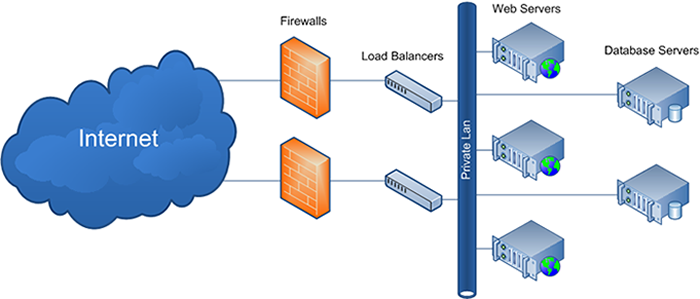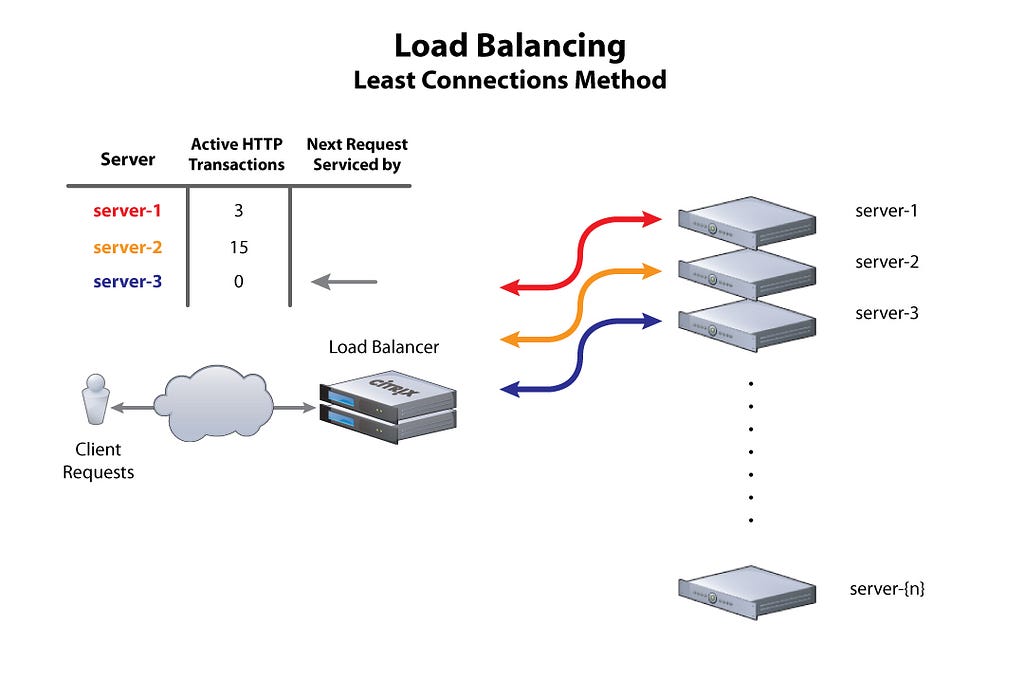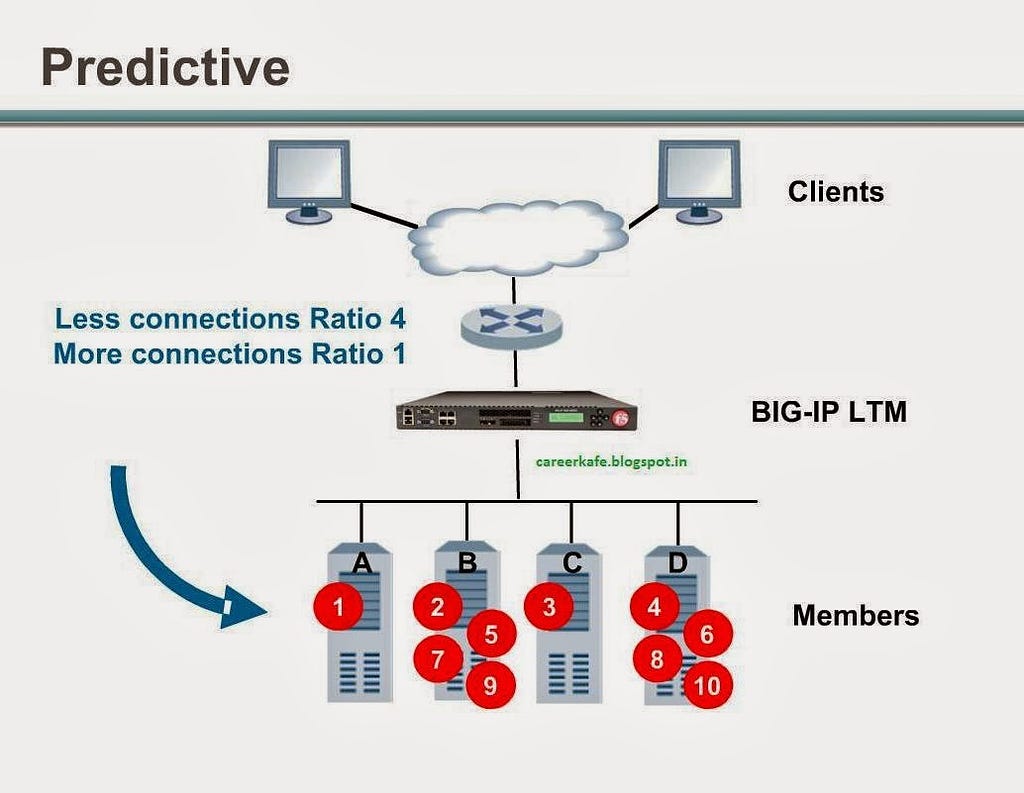Latest news about Bitcoin and all cryptocurrencies. Your daily crypto news habit.

The expectations of web users are increasing every year, and the search engines are also putting a lot of emphasis on ensuring that websites provide a seamless experience to their visitors. A lot of that has to do with making sure your site is easy to view on any device and convenient to navigate, but that’s just part of the equation — you also need to provide a fast browsing experience to all of your visitors, even on times when you have a sudden surge in traffic.
And that can pose a problem. Last year, Google started rolling out an algorithm that could punish websites that don’t load quickly, so those that won’t be able to adapt are doomed to see their rankings and traffic numbers decrease. Users are also placing higher importance on website loading speeds and will not hesitate to go to your competitors if your site is slow. Luckily, there are ways to speed up your WordPress site and make sure that it can handle as much traffic as necessary.
Namely, you can use load balancing to help you make the most out of your hosting servers and optimize their performance in a way that makes the most sense in terms of user experience.
What is Load Balancing?
In essence, load balancing is the process of optimizing the use of your hosting servers to maximize performance and ensure fast loading times always.
Load balancing can direct incoming traffic to different servers, spreading out the visitors so that each server gets a fair share of the load and can perform at optimal levels.
By allocating the work between multiple servers, you can ensure that no servers get overloaded and that your website is always loading quickly for visitors from all over the world.
Without such a system in place, even if you had an adequate number of servers for the traffic that you get, it may not be enough, as the servers wouldn’t necessarily be able to share the traffic proportionately and some of them could get overextended.
The first requirement for you to be able to implement load management on your site is having more than one server that you host your site on — after all, if you only have one server, there will be no reason to manage the traffic load since there is only one option anyway.
But that makes sense anyway — today, you can’t rely on having just one server, as even a simple disruption could become a significant setback for your business.
Types of Load Management Approaches
Even though the basic principles behind load management remain the same, there are a few different methods you can use to distribute your site’s traffic more efficiently.
Let’s explore them below.
The first method is based on the least connections rule, which means that the server automatically sends a visitor to the server that is the least used at that moment. This ensures that no servers are left completely idling and allows to achieve high loading speeds because of the low momentary load to any given server.
The second approach is also quite simple in the way it operates but is also a good choice if you want to make sure that each of the servers gets a fair share of traffic. Instead of assigning the visitor the server that has the least work at that moment, the Round Robin method tries to distribute the traffic evenly between all servers at all times and will disregard any other performance metrics.
Finally, the predictive node method is the most advanced one you can choose — it uses data that’s accumulated over time to gain insights and analyze trends, which are then used to assign traffic in a way that’s likely to result in the best overall performance.
While this method may be more complicated, there are solutions that can handle it, and over time, the results can offer optimal performance even when your site is taking on a lot of traffic.
Benefits of Load Balancing
Now that we’ve covered what load balancing is and its different methods of implementation, we can explore why you should consider using load balancing on your website.
So, here are a few of the most prominent benefits that you will be able to achieve:
Increased Loading Speed
As we already mentioned throughout this article, the most significant advantage of having a load balancing system on your site is the ability to handle website traffic in the most efficient way possible.
Instead of having to worry about traffic surges during sales or other significant events, you can rest assured that the system will find the most effective way to handle the visitors and direct them to the server that will give them the best performance.
And since Google is placing a high priority on providing a fast and uninterrupted experience for your site’s visitors as well, the consistent speeds that load balancing can offer become even more important.
Handle Server Maintenance Without Downtime
Everybody hates coming to a site just to learn that it’s down for maintenance.
If you’re operating a small eCommerce store, you might be able to get by with updating your servers during nighttime or hours when there’s little traffic, but if you run a bigger website with a worldwide audience, avoiding disruption is impossible.
However, with the help of load balancing, this issue becomes non-existent — when the time comes for server maintenance, you can simply shut down each server as you update it, directing traffic to the others and ensuring that your website is always available.
Handling Unexpected Issues with Ease
We discussed how load balancing could help to prevent disruptions during planned maintenance work, but it can be even more vital when you need to deal with unexpected issues. After all, with regular maintenance, you at least have the option to update the servers when there’s the least traffic, but the biggest issues usually occur during peak traffic situations when they can be the most devastating. Even if you use the best WordPress security plugins, your site may sometimes succumb to attempts to take it down, unless you have a way to protect your servers.
Today’s load balancing can monitor the performance of each of your server’s and make timely adjustments as soon as they spot a problem. That way, whenever a problem arises, your traffic will simply be redirected to the servers that are working, and you’ll be able to solve the issue knowing that your site is working without a hitch until.
Improve Your Site Performance with Load Balancing was originally published in Hacker Noon on Medium, where people are continuing the conversation by highlighting and responding to this story.
Disclaimer
The views and opinions expressed in this article are solely those of the authors and do not reflect the views of Bitcoin Insider. Every investment and trading move involves risk - this is especially true for cryptocurrencies given their volatility. We strongly advise our readers to conduct their own research when making a decision.



